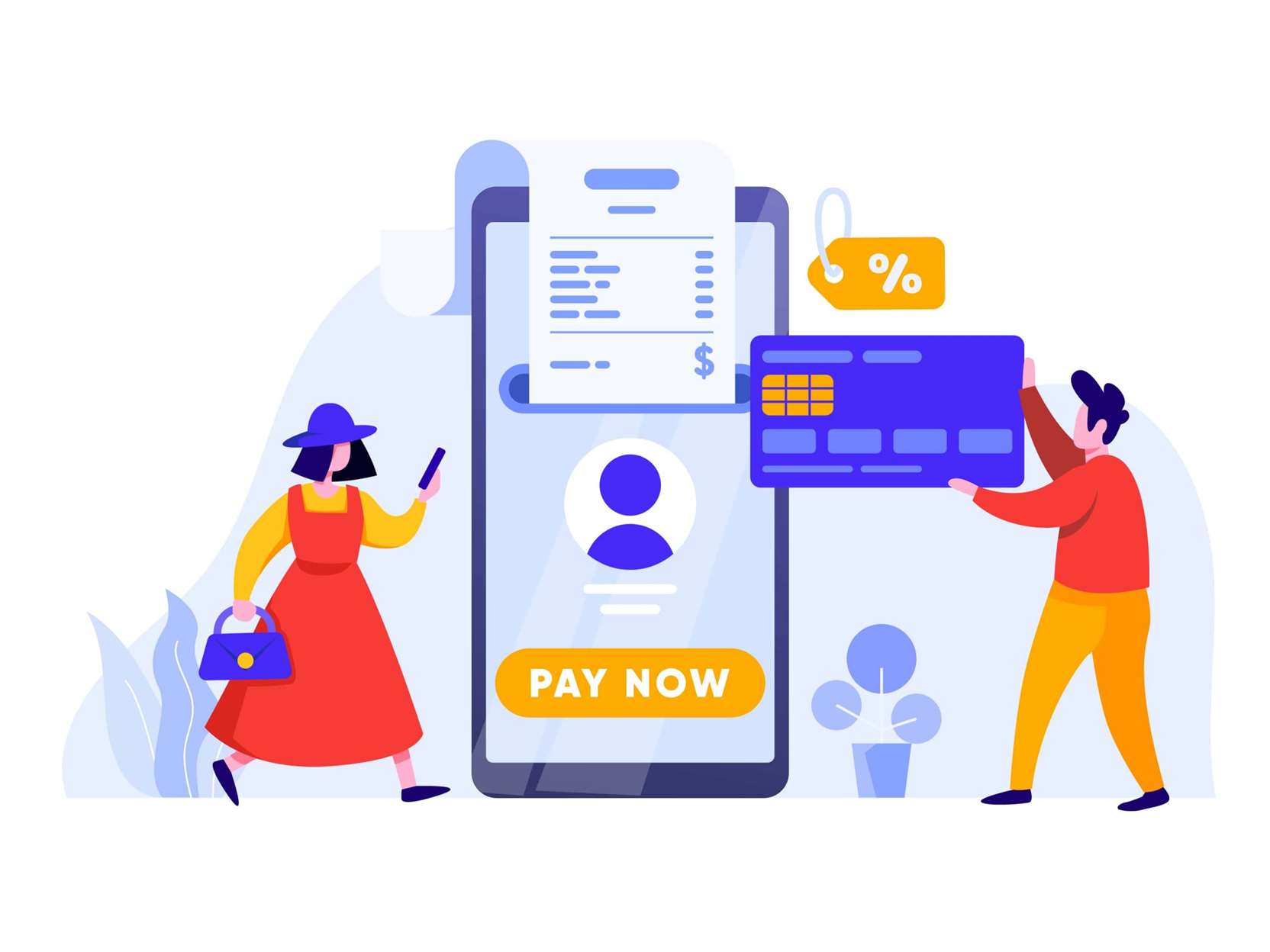However, that additional security comes at a cost, as few companies will have the scale of AWS, Microsoft or Google, which means they will not be able to create the same economies of scale. Since cloud service providers do the heavy lifting of managing and maintaining the IT infrastructure, it saves a lot of time, effort and money for businesses. The cloud also gives organizations the ability to seamlessly upscale or downscale their computing infrastructure as and when needed. Compared to the traditional on-premises data center model, the cloud offers easy access to data from anywhere and on any device with internet connectivity, thereby enabling effective collaboration and enhanced productivity. Today’s technology companies have rapidly embraced cloud computing solutions as a way to keep IT environments productive, flexible and secure. Cloud computing services allow companies to use applications, storage and other resources without having to install and manage the hardware, software and infrastructure themselves.
The best POS systems for retail stores, restaurants, and mobile businesses offer affordable cloud-based SaaS subscription plans with regular updates and customer support. A Lake House on AWS connects your data lake, your data warehouse, and all your other purpose-built services into one shared catalog. Once you build your Lake House in AWS, you can store, secure and analyze your data, and control its access. Learn the full benefits and how to prepare to build a Lake House in this blog.
What are the advantages and disadvantages of cloud computing?
IaaS was the most popular cloud computing model when it emerged in the early 2010s. While it remains the cloud model for many types of workloads, use of SaaS and PaaS is growing at a much faster rate. And of course, https://www.globalcloudteam.com/ you can only access your applications if you have an internet connection. Cloud computing is not necessarily cheaper than other forms of computing, just as renting is not always cheaper than buying in the long term.
Infrastructure as a service or IaaS is a type of cloud computing in which a service provider is responsible for providing servers, storage, and networking over a virtual interface. In this service, the user doesn’t need to manage the cloud infrastructure but has control over the storage, operating systems, and deployed applications. You can save money on cloud computing infrastructure management by outsourcing to a third party that will take care of hardware and software upgrades, maintenance, and repairs. IaaS offers companies a dependable service unaffected by outages or hardware breakdowns. As a result, businesses can concentrate on their core competencies without worrying about their infrastructure. IaaS is renowned for its scalability; providers may alter the size of their cloud service infrastructure by demand.
The complexity of multiple cloud computing services
Full virtualization Products such as those from VMware support full virtualization; that is, they run a binary image of the OS and emulate real I/O device drivers. This is because it encompasses several different systems and services, making it feel ambiguous or confusing. Let’s now dive into what is cloud computing and understand the concept of cloud. Although cloud computing has become a vital part of modern society, it took a lot longer to catch on than you might imagine. Security advantages are why some of the world’s largest companies have moved their applications to the cloud with Salesforce, having rigorously tested its performance and protections. Accounting
Cloud computing is beneficial from an accounting standpoint because it allows IT infrastructure to be classified as an operational instead of capital expenditure.

These hard drives and servers can store, process, and retrieve a considerable amount of data quickly and conveniently. A multicloud exists when organizations leverage many clouds from several providers. Cloud vendors regularly update security protocols to protect users from cyber threats. A hybrid cloud is an IT environment comprising several environments that appear to be linked through local area networks, wide area networks, VPNs, and APIs to form a single, unified environment. As vendors handle technological challenges like data, servers, and storage, cost reduction and time savings are interconnected. Businesses can use this to reduce costs and give their technical personnel more time to work on significant projects.
Future of cloud computing and emerging technologies
In this model, you are supplied with a pre-built platform from the cloud providers, where you can deploy your codes and applications. You only need to manage the codes and the applications, not the infrastructure. With traditional software, companies had to buy many licenses and install physical copies on every employee’s computer.
Hybrid clouds are a combination of private and public clouds (for example, IBM Hybrid Cloud, powered by Red Hat), connected together with technology that enables data and application to work together. Sensitive services and applications can be kept in the secure private cloud while publicly-accessible web servers and customer-facing endpoints can live in the public cloud. Most popular third-party cloud providers offer a hybrid cloud model, allowing users to combine private and public clouds to satisfy their needs. This allows businesses greater flexibility to deploy the specific infrastructure requirements of their application.
Our Offerings
Cloud computing can also be thought of as utility computing or on-demand computing. Many companies choose private cloud over public cloud because private cloud is an easier way (or the only way) to meet their regulatory compliance requirements. Others choose private cloud because their workloads deal with confidential documents, intellectual property, personally identifiable information (PII), medical records, financial data, or other sensitive data.
- A third of those surveyed cited high fees for passing data between systems as a challenge in moving their mission-critical applications.
- Typically IaaS is a service where infrastructure is provided as outsourcing to enterprises such as networking equipment, devices, database, and web servers.
- Every cloud abstracts, pools, and shares scalable computing resources across a network.
- Hybrid multicloud is the use of two or more public clouds together with a private cloud environment.
- You can access, alter and add data as you please, while Dropbox provides the servers to host it.
This is a vital trend, one that has been persistent for the last five years, according to a recent survey by Flexera. On average, organizations waste around 30% of their total cloud spends, and optimizing cloud computing services cloud costs is a top priority for 61% of companies. In this article, we share a simple definition of cloud computing, examples of computing, and discuss why companies use cloud computing.
iPaaS (integration platform as a service) definition
Cloud computing can be deployed in different ways depending on what services a business needs. The first thing to consider is the deployment model—public cloud, private cloud, hybrid cloud, and multi-cloud. The next element is the service category—Saas (Software as a Service), Paas (Platform as a Service) and Iaas (Infrastructure as a service). When a company is considering its cloud migration strategy, it must consider both factors. To control costs and reduce management overhead, some customers opt for cloud management platforms (CMPs) and/or cloud service brokers (CSBs), which let you manage multiple clouds as if they were one cloud.

The cloud increases productivity, improves organization, enhances collaboration, and reduces costs—while keeping your data secure and protected. To put it very simply, IaaS models offer the most control over your resources and cater to admins for hosting and storage. Anybody with the right resources and infrastructure can host their own cloud. So when we talk about using a cloud service, we’re talking about high-level services offered by a provider like Dropbox. However, once you establish the onboarding process, determine IT team members responsible for implementing and adopting cloud services, and outline the benefits of cloud operations, you can get your company on track in no time.
Three Data Lifecycle Strategies to Reduce Cloud Spend
APIs allow better control and visibility into your cloud systems and applications. However, external APIs are often insecure and provide an entry point for potential cyberattacks that can compromise confidential data and manipulate services. Compliance is an issue for any business that uses backup services or cloud storage. In fact, according to a survey by Statista, 44% of companies consider compliance to be their biggest cloud computing challenge. In today’s ever-changing business climate, small business owners must be able to access data and applications from their computers, tablets or mobile phones, whether in the office, out in the field or on the road. All cloud services require a degree of technical knowledge to work with, so for those with extensive expertise CloudLinux offers the opportunity to be far more in control of your own services and how they are configured.
